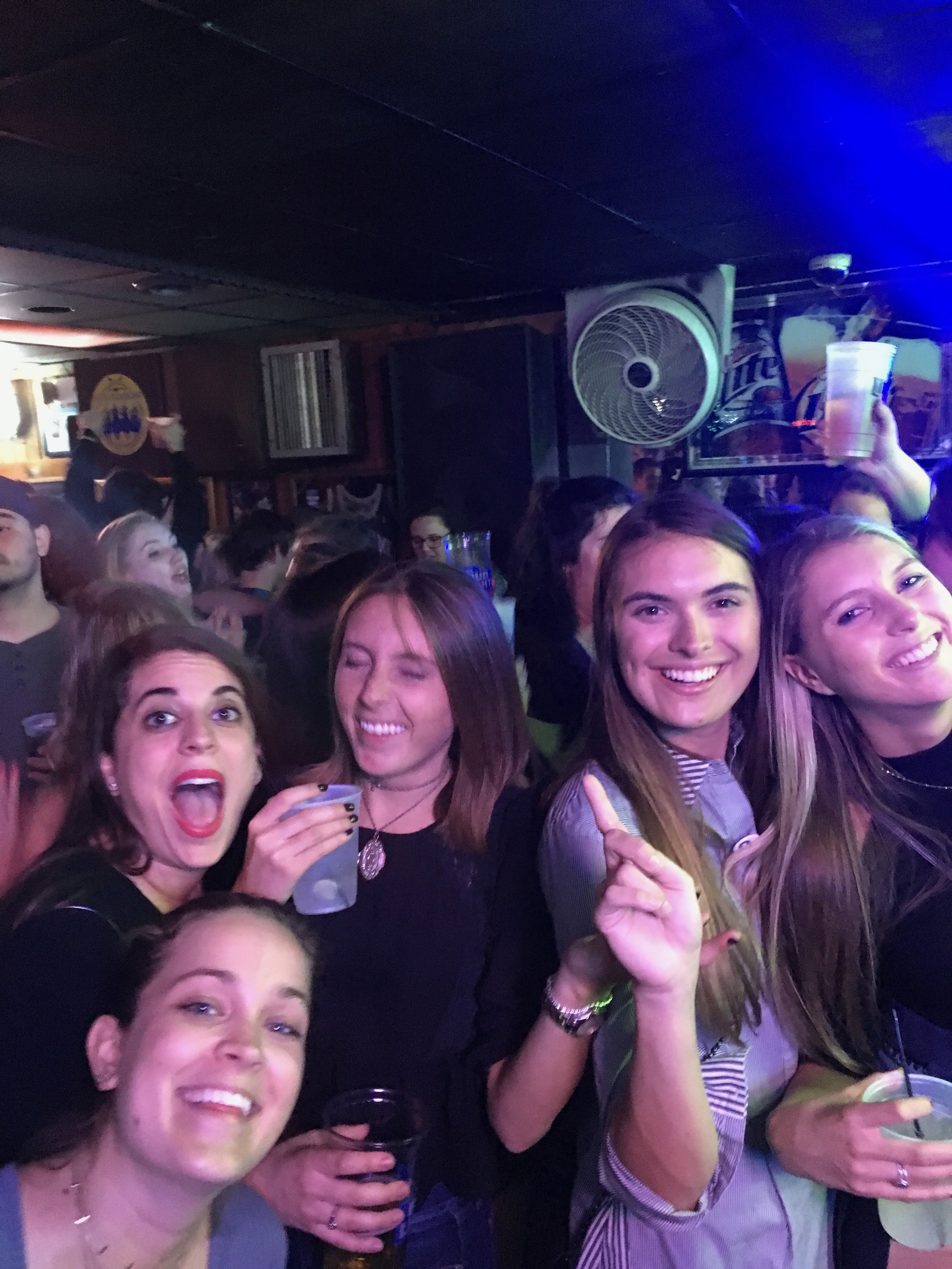My senior BFA thesis is Campus Dining: Optimizing the Student Experience. It consists of a mobile app and system of labels and signage, which aim to guide students through the dining hall space while improving the process of choice and accommodating to special diets and allergies.
Problem
University dining halls have a wide variety of food options that allow for each student to partake in meals no matter the diet or allergy. However, the lack of cohesive and clear labels leaves students confused as to what may be available to them. Students are unlikely to take risks, especially with allergies, and so they are left unsatisfied with the dining hall experience, and subsequently there falsely seems to be a lack of options. Furthermore, these spaces are often large and crowded, and without any sort of wayfinding system, it is even more difficult to find these options in a mass of moving bodies. Below are photos taken from Notre Dame's South Dining Hall.
Most Urgent Need: A cohesive label system that highlights each allergen in every food item.
Research
As a first step, I looked to larger scale wayfinding systems, such as those in airports and stadiums. I then narrowed my search to other university dining halls, creating a list of pros and cons as to what worked and did not in the spaces. I took note of signage and labels. However, once I decided that I would implement a mobile app portion to my project, I took considerable note of the universities with this technology. I also reached out to peers through survey and social media to ask directly what was missing or could be improved upon in the dining hall space. I sought after those specifically with allergies and special diets. I had regular meetings with the Notre Dame nutritionist, Jocie Antonelli, to discuss ways to communicate accessibility to special diets and allergies through design. However, after a year of research, I found the most valuable information came from my peers.
Solution
The solution optimizes the student campus dining experience and allows for a simpler process of choice through two parts. REMOTE DINING is a mobile application that grants students access to the dining hall before they even enter the space. Students have the ability to filter by allergy or diet, view available options on the menu, and build a meal all while being aware of the nutritional information. ONSITE DINING exists within the space and consists of food labels and signage. The food labels list present allergens and have a QR Code that can be read through the app. From the code, one can find further information on the ingredients and nutrition. The signage or wayfinding marks each station and presents options for special diets or allergies and highlights unique menu features.
Final Exhibition
Throughout April and May of 2017, my exhibit was part of the Snite Museum of Art's BFA/MFA thesis show. Along with a series of print graphics, I built a three-dimensional mockup food station to simulate the signage and labels. This included laser cutting plastic for the hanging signage. The exhibit was 8 by 9 feet in size.
AND WE MADE IT TO THE SHOW!
Here is a high quality photo that my proud mother took of me.
This is the round of congratulatory shots my dear friend MK bought me.
My friends and me post shots. My mother was less proud here.














